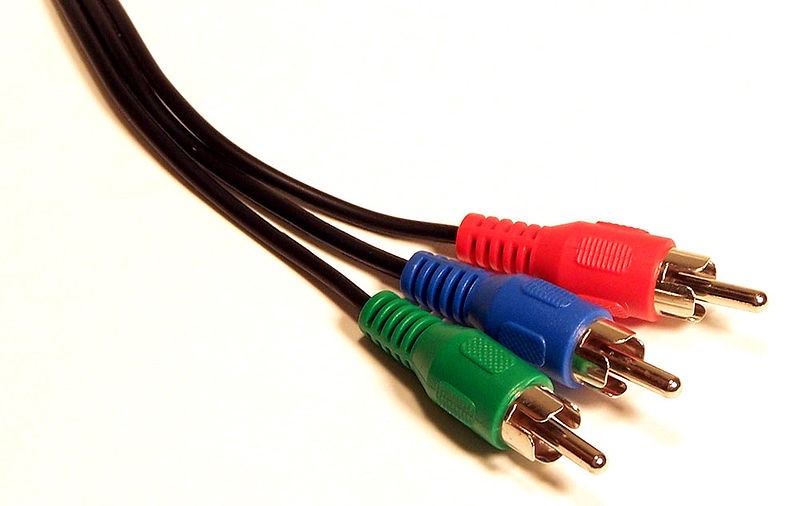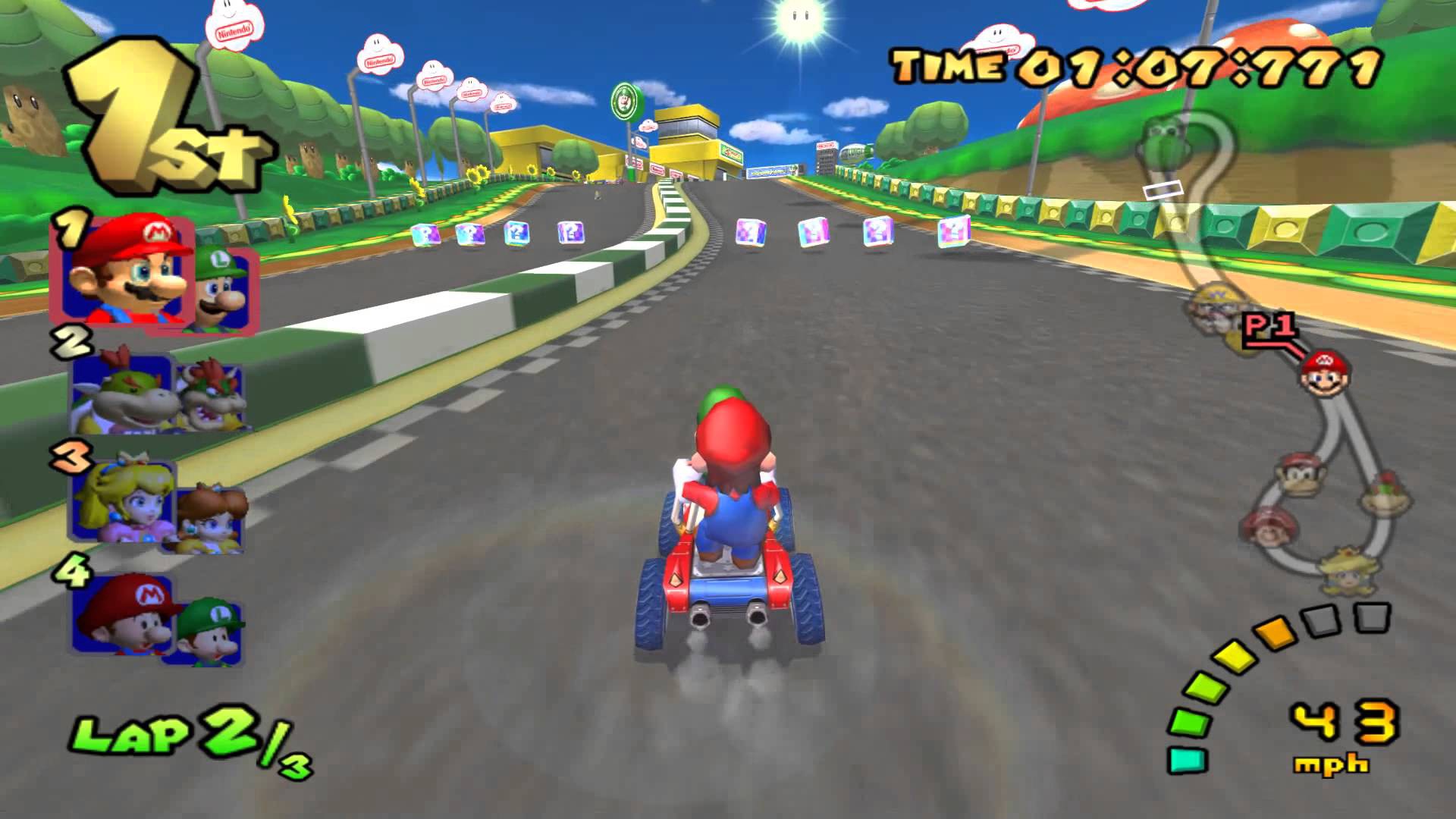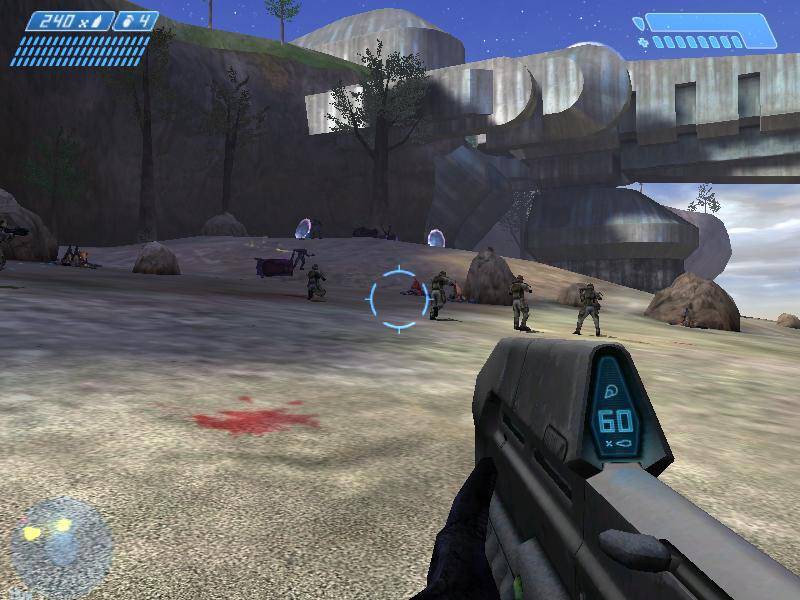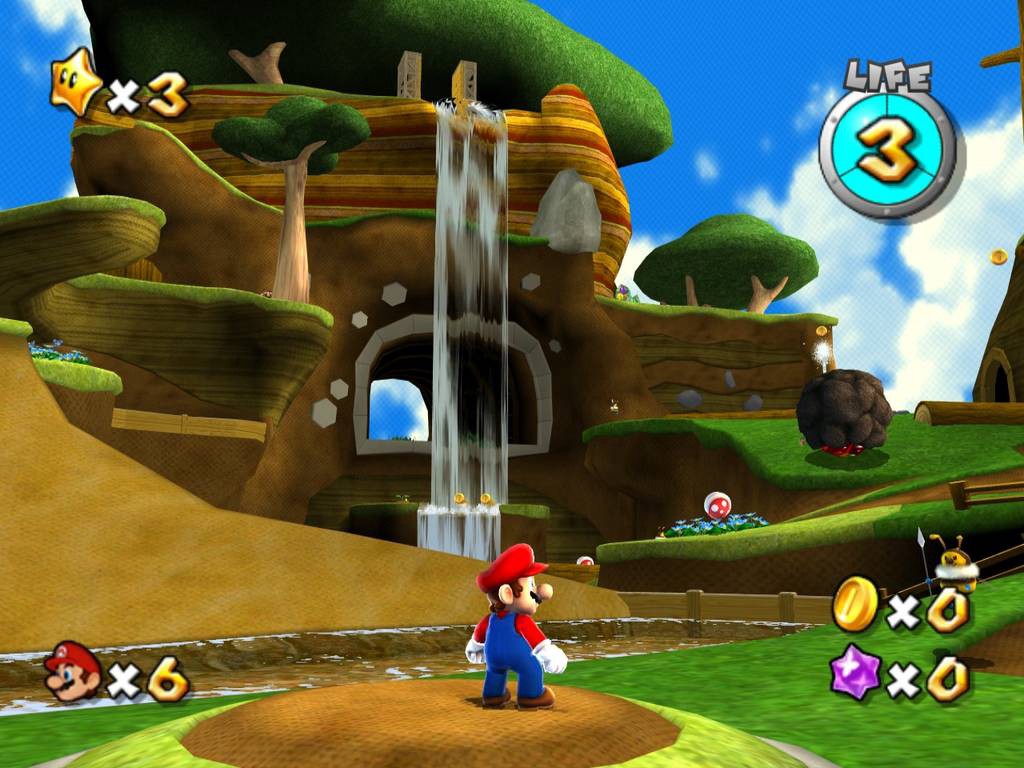Second place on the podium? Leave a comment
Component Video
Sometimes, in the search for the best video option, especially in its analog form, we close our eyes to some options and focus only on the best option. We seek the top, the best, the master race. So we might even miss some things that could serve us nicely at a fraction of the cost. Is this endless search for the best healthy, or should we keep our eyes peeled for the lowest positions on the podium?
Due to the power of information dissemination, everyone who has the slightest interest in this subject must have heard that the best option to connect an old game to a TV (either a CRT or a modern digital one) is the famous RGB, but today I wanted to go down a step and talk a little about a source that many people also know, practically our RGB, which until today is commonly available on TVs sold here. Yes, I’m talking about our dear component video!


Component video is a type of video signal, and it got its name from dividing the signal into different components, in this case, three, Blue: Pb (analog signal) and Cb (digital signal), 2 Red: Pr (analog signal), Cr (digital signal) and 3 — Luminance: Y (analog and digital signals), hence the term YPbPr, which are actually representations of the YUV color space which is different from RGB, YUV works with separate components of light and color, while RGB works with the primary colors. Devices that generate the video, such as video games and DVD players, process information in different ways, and most of the time they can offer more than one way to link the already processed video to a screen, composite video for example, is the most common , and when mixing the signals mentioned above, ends up introducing degradation to the image, the component video, separating the components of the image already processed by the devices, offers a superior quality, and a much lower level of degradation than the composite signals, in addition to the better definition of colors, ability to display progressive and interlaced signals in resolutions up to 1080P, however, here in Brazil, it was limited to 1080i, perhaps for marketing reasons.


As incredible as it may seem, the type of signals that are used today by component video, have been around since the 50’s, and emerged with the need for a signal that carried colors (yes, until then, color TVs were new) in a way leaner than RGB (which, because it had more variables, became more extensive for transmission) and that could also be “understood” by black and white TVs, the vast majority at that time (which did not interpret the RGB signal). Thus was born the analog encoding, which separated the luminosity or Y, and the color signal U and V.
-Y signal carries approximately 30% red, 59% green and 11% blue, and exits through the green RCA plug.
– Signal U, is calculated by subtracting “Y” from signal “B” (blue from RGB) and multiplying it by a factor equal to 0.492, comes out through the blue rca plug.
-V signal, is calculated by subtracting “Y” from the “R” signal (red from RGB) and multiplying it by a factor equal to 0.877, comes out through the red rca plug.
There are many debates out there, about the final result on the screen of the component image being equal to the image generated by RGB, but this can vary a lot, depending on the devices and the screen itself, but for sure the component video is an effective way to extract high quality images, and as our interest here are games, consoles that have this option such as Playstation 2, Xbox, GameCube and WII these cables must be taken into account when thinking about your setup.








